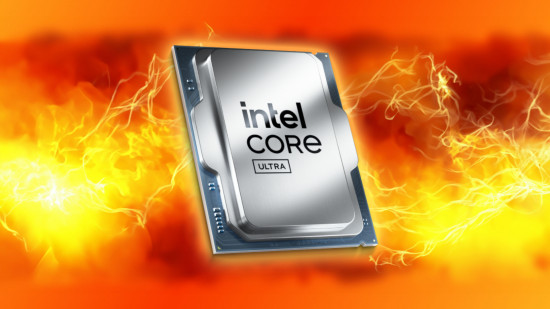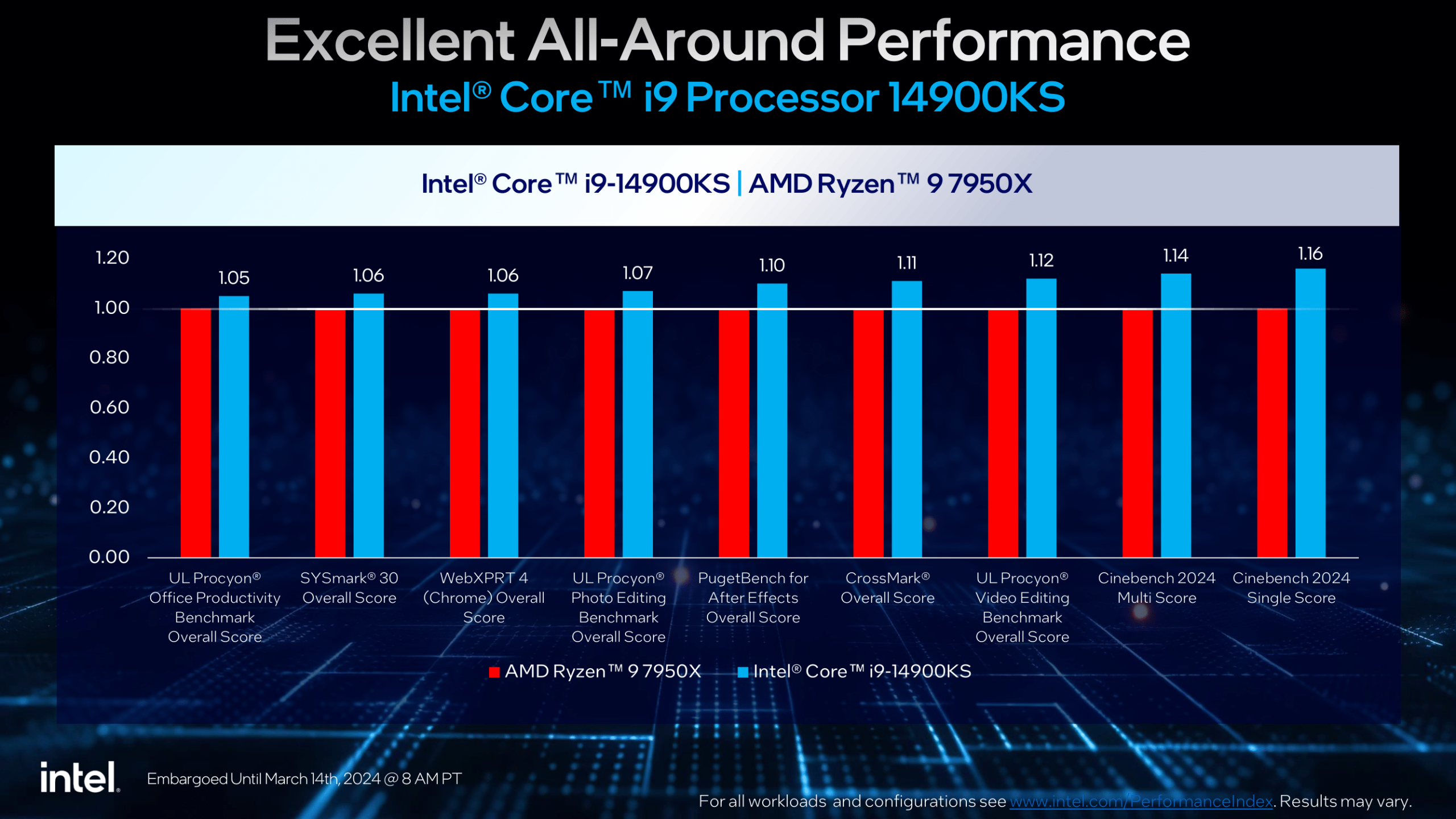Intel has taken significant strides to address performance issues in its Arrow Lake CPUs, particularly the Core Ultra 200S processors. Initially launched in October, these processors faced criticism due to benchmark scores that fell short of the company’s claims. After rigorous investigations, Intel identified five primary issues impacting performance. With the release of targeted updates, the chipmaker has resolved most of these problems, bringing its CPUs closer to their promised performance potential. Here’s a detailed look at Intel’s approach to fixing these issues and what it means for consumers and industry stakeholders.

What Led to the Performance Issues?
Upon the release of the Core Ultra 200S processors, reviewers and users noticed that the performance metrics did not align with Intel’s promotional claims. Intel acknowledged the feedback and initiated an internal investigation. This process led to the identification of five critical issues:
- Missing Performance & Power Management (PPM) package in the firmware.
- Application Performance Optimizer (APO) failing to enable real-time thread scheduling optimization.
- Blue Screen of Death (BSOD) issues caused by compatibility problems with Easy Anti-Cheat drivers.
- Misconfigured performance settings in BIOS for Z890-based motherboards.
- Optimizations that were incomplete at the time of release.
Intel’s Fixes for Arrow Lake CPUs
1. Firmware and Windows 11 Updates
Intel’s first step in resolving the issues was addressing the missing PPM package and the non-functional APO. These were rectified with the release of Windows 11 build 26100.2161, included in the KB5044384 update. This patch ensures:
- Proper management of performance and power settings.
- Activation of real-time thread scheduling optimization for enhanced multitasking.
2. Easy Anti-Cheat Driver Update
Many gamers reported encountering BSOD errors when running titles using the Easy Anti-Cheat service. Collaborating with Epic Games, Intel helped roll out an updated Easy Anti-Cheat driver. This update eliminates the compatibility issues, enabling smooth gaming experiences on the Core Ultra 200S CPUs.
3. BIOS Updates for Z890-Based Motherboards
Reviewers’ PCs with Z890-based motherboards experienced misconfigured performance settings that hindered optimal functionality. Intel’s BIOS updates correct these configurations, ensuring:
- Automatic application of optimal settings.
- Elevated performance in line with the hardware’s capabilities.
4. Pending Optimization Fixes
The fifth issue, which pertains to certain performance optimizations, remains unresolved. Intel is actively testing a new firmware image, expected to roll out by January 2025. BIOS updates incorporating these optimizations will follow soon after, further enhancing CPU performance.
Impact of the Fixes on CPU Performance
Intel asserts that the updates restore “complete and intended functionality” to the Arrow Lake CPUs. Preliminary reports indicate noticeable improvements in:
- Multitasking efficiency.
- Gaming performance with stable frame rates.
- Reduced thermal throttling during intensive tasks.
At CES 2025, Intel plans to present a detailed A/B analysis, showcasing the performance gains achieved through these updates.
Why These Fixes Matter
Consumer Confidence
Intel’s swift action to identify and resolve issues demonstrates its commitment to delivering high-quality products. By addressing user concerns transparently, the company strengthens its reputation in a highly competitive market.
Competitive Edge
With AMD and Apple making significant advancements in CPU technology, Intel’s ability to address performance shortcomings promptly is crucial for maintaining its position as a market leader.
Technological Advancement
The resolution of these issues highlights Intel’s dedication to innovation. The fixes not only improve the performance of Arrow Lake CPUs but also set a precedent for tackling similar challenges in future processor generations.
What’s Next for Arrow Lake CPUs?
Intel’s roadmap for the Arrow Lake series includes the following milestones:
- Release of the fifth performance optimization fix by January 2025.
- Continued collaboration with software and hardware partners to ensure compatibility and performance.
- Detailed performance insights and demonstrations at CES 2025.
Intel’s proactive approach to resolving Arrow Lake CPU performance issues underscores its commitment to innovation and customer satisfaction. By addressing four out of five critical issues through firmware, driver, and BIOS updates, Intel has significantly improved the performance and reliability of its Core Ultra 200S processors. With the final fix on the horizon, consumers and industry experts alike can expect these CPUs to meet and exceed performance expectations.
FAQs
1. What caused the performance issues in Intel’s Arrow Lake CPUs?
Performance issues were caused by missing firmware components, a non-functional Application Performance Optimizer, compatibility problems with Easy Anti-Cheat drivers, misconfigured BIOS settings, and incomplete optimizations.
2. How did Intel address the missing PPM package and APO issues?
Intel resolved these issues through a firmware update integrated with Windows 11 build 26100.2161, which is part of the KB5044384 patch.
3. When will the fifth performance optimization fix be available?
Intel plans to roll out the fifth fix as part of a new firmware update by January 2025, with BIOS updates for affected motherboards following soon after.
4. How have the updates improved gaming performance?
By fixing Easy Anti-Cheat driver issues and optimizing BIOS settings, Intel has enhanced gaming stability and reduced errors like the Blue Screen of Death.
5. What can we expect from Intel at CES 2025?
At CES 2025, Intel will present detailed performance comparisons and insights, highlighting the improvements achieved through its updates.




